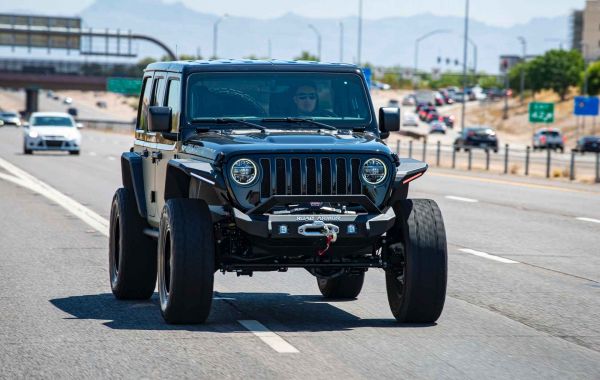The torque applied on the wheels helps the wheels to rotate. The outer part of the wheel has a tyre covered to it. The tyre thus is in direct contact with the road. The tyre design, tyre pressure, the tyre features all together work in ensuring that the vehicle can move smoothly on road. There are various types of tyres based and each of the types of tyres has different design patterns and features. The need to have different types of tyres is to support various kinds of vehicles and to provide vehicle movement on various kinds of roads.
There are tyres which have a symmetrical tread pattern, and have more rubber content. These tyres have less grooving with a tread pattern to provide flexibility for gaining more traction and grip on hot and dusty roads. On the other hand, there are tyres which have deeper grooves and sipes which can bite snow, provide proper grip even on slippery surfaces and thus help in controlling the vehicle on snow-covered roads or wet roads.
These types of tyres are known as winter tyres. There are tyres which have a unique tread pattern such that the inner tread pattern differs from outer tread pattern. These tread patterns are designed in a manner to support control of the vehicle during cornering, allow enhanced braking control, and enhanced steering control all at high speed. Such tyres are normally used in sports cars and are known as performance tyres. Apart from these, there are tyres like all-season tyres, budget tyres, terrain tyres, etc. All-season tyres are suitable for all seasons and especially with normal seasons. Budget tyres are cost-effective cheap tyres option for the customers and terrain tyres are for hard roads and muddy roads.
As tyres vary based on road surfaces, there are different sizes of tyres based on vehicle needs. Larger tyres have larger rim width and are suitable for heavy vehicles. Smaller width tyres are suitable for cars. Similarly, each tyre designed has a maximum speed limit attached to it. So before buying a tyre, it is essential to know the driving needs, the type of vehicle, the maximum speed limit, to purchase a perfect size, perfect type, and perfect tyre in terms of speed for your vehicle.
Most of the needed information on the tyre is engraved on the sidewalls of the tyre.
The sidewall has symbols, alphabets, and numbers written on it. For example, a sidewall marking with 195/55 R16 87V or 195/55 R16 tyres signifies the following:
- The beginning 3 numbers signify the cross-section width of the tyre in millimetres. Thus it is 195 mm in this case.
- The next value is the aspect ratio which is the value of the height of the tyre sidewall expressed in percentage of the width of the tyre. Thus, in this case, 55 depicts that the height of the tyre is 55% to the width of the tyre which is 195 mm.
- The next alphabet signifies the way the tyre has been constructed. There are 3 ways in which tyres are manufactured. Radial, Bias-belt, and Diagonal.
- Generally, most of the tyres are manufactured in the radial form where the cord plies in the tyre are arranged at 90 degrees to the direction of the travel of the vehicle.
- Next two consecutive numbers signifies the rim width. In this case, it is 16 inches.
- The final set of numbers is known as the load index of the vehicle. It is the maximum load-carrying capacity of the vehicle.
- Alphabet after load index is known as the speed symbol with alphabet L signifying least speed and V signifying the maximum speed of 240 km/h
The choice of tyre depends on the type of vehicle and driving preferences. Seek advice from professionals at the nearest Tyres Coventry to get perfect purchasing solutions for your tyre.







